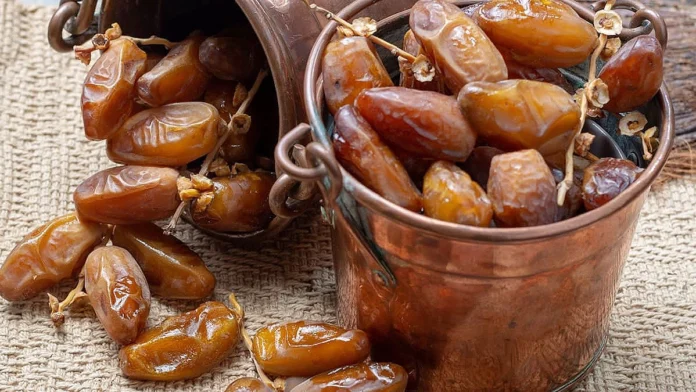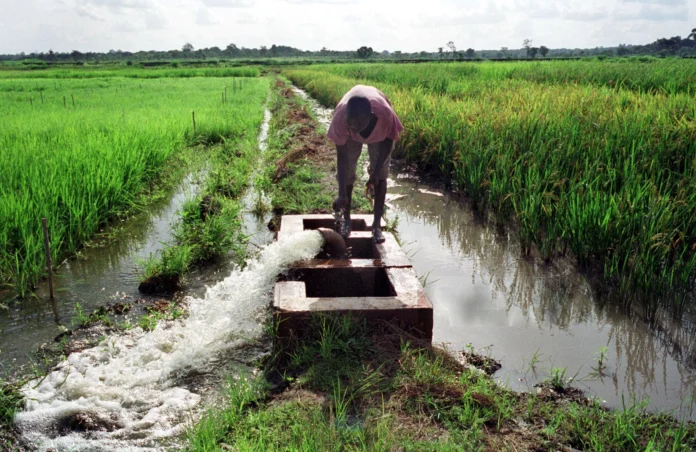Saffron, derived from the vivid red stigmas of the crocus flower, has been cherished across civilizations for millennia. Its history traces back over 3,000 years, with ancient records from Mesopotamia, Egypt, and Greece documenting its use in dyes, perfumes, and remedies. In modern times, it remains one of the most expensive spices by weight, often fetching prices higher than gold due to the labor-intensive process required to harvest it. Globally, production is dominated by a handful of countries, with Iran accounting for more than 90% of the world’s supply. Yet, Bulgaria’s entry into this exclusive arena is a testament to the country’s suitable climate, rich soil, and dedicated growers who have adapted traditional methods to local conditions.
The cultivation of saffron in Bulgaria is a relatively recent development, gaining momentum in the early 2010s. Initial experiments began with small-scale plantings, inspired by the spice’s potential as an alternative crop for farmers transitioning from traditional staples like tobacco. The Mediterranean-like climate in regions such as southern and central Bulgaria, characterized by mild winters and dry summers, proved ideal for the crocus. By the late 2010s, saffron fields had expanded to cover hundreds of hectares, though production remains boutique in scale compared to global leaders. Today, with around 49 active producers, the annual yield hovers at approximately 30 kilograms, a modest volume that belies its extraordinary quality. This limited output ensures meticulous attention to detail, resulting in saffron that experts describe as among the purest and most fragrant available.
At the heart of this burgeoning industry are passionate individuals like Antonio Bonev, chairman of the Saffron Producers Association, and his wife, Rumyana. For the couple, saffron is more than a crop; it is a labor of love and a cultural revival. “Saffron is very valuable. It is the real red gold,” Bonev explains, emphasizing the spice’s intrinsic worth. The harvesting process is entirely manual, a painstaking endeavor that justifies its premium price of over 30 leva, or about 15 euros, per gram. To yield just one gram of the spice, workers must carefully hand-pick the stigmas from at least 200 crocus flowers, selecting only the deepest red threads. These are then dried slowly at low temperatures to lock in the volatile compounds responsible for saffron’s signature aroma and health benefits.
The Bonevs’ operation exemplifies the family-oriented ethos that defines Bulgarian saffron production. Each autumn, as the crocuses bloom in a sea of purple, their extended family converges to assist in the harvest. The process of cleaning and drying the threads evokes nostalgic scenes from rural Bulgaria’s past, where villagers would gather on benches to share stories while working communal tasks. “First, we want Bulgarians to have the opportunity to touch the red gold, to taste it and feel its qualities as an herb and spice. Then we’ll think about exporting,” Bonev says, prioritizing domestic appreciation over immediate commercial expansion. This approach fosters a sense of national pride, positioning saffron as a symbol of Bulgaria’s agricultural heritage and innovation.
What sets Bulgarian saffron apart is its remarkable purity and intensity, attributes confirmed by rigorous testing in European laboratories. Samples have consistently scored high in key metrics such as crocin content, which determines color strength; picrocrocin, for bitterness and flavor; and safranal, the compound behind its distinctive scent. These qualities place it on par with, or even surpassing, saffron from established regions. Producers attribute this excellence to Bulgaria’s unpolluted environments and organic farming practices, which avoid chemical interventions that could compromise the spice’s integrity. As a result, Bulgarian saffron is increasingly sought after for its clean profile, free from contaminants that sometimes plague larger-scale productions elsewhere.
The allure of saffron extends far beyond its economic value. Its aroma is a complex symphony, as Rumyana describes: “Sometimes it’s more honeyed, other times more floral, earthy, or rich. At every moment, it reveals a new face.” This versatility makes it a culinary chameleon, enhancing everything from sweet desserts to savory stews and beverages. A single gram can infuse over 140 cups of tea or flavor multiple family-sized dishes, making it an efficient addition to any kitchen. In Bulgaria, top chefs and culinary academies are incorporating local saffron into innovative recipes, blending it with traditional ingredients like yogurt, rosewater, and herbs to create dishes that celebrate the nation’s flavors. Internationally, saffron graces iconic preparations such as Spanish paella, Italian risotto alla Milanese, and Persian tahchin, where its subtle earthiness elevates the ordinary to the extraordinary.
Beyond the palate, saffron’s medicinal properties have been recognized for centuries and are now supported by contemporary research. It acts as a potent antioxidant, combating oxidative stress that contributes to aging and chronic diseases. Studies suggest it may improve mood, alleviate symptoms of depression, and reduce anxiety by influencing neurotransmitters like serotonin. For women, it offers relief from premenstrual syndrome and menstrual cramps. Its anti-inflammatory effects could benefit heart health by maintaining healthy arteries and reducing cholesterol buildup. Additionally, saffron exhibits antibacterial and analgesic qualities, functioning as an adaptogen that supports the body’s natural balance. Emerging evidence points to potential cancer-fighting properties, with compounds like crocetin showing promise in inhibiting tumor growth. It may also enhance cognitive function, protect eye health against age-related degeneration, and even aid in weight management by curbing appetite.
Despite its small scale, Bulgaria’s saffron sector is poised for growth. Government initiatives, including a proposed 10-year development plan, aim to expand cultivation while preserving quality. This could involve training programs for new farmers, investment in sustainable practices, and marketing efforts to boost exports. Challenges remain, such as climate variability, with recent droughts delaying harvests and requiring additional irrigation. Yet, the industry’s resilience is evident in the dedication of its producers. As Bonev notes, the commitment to saffron is driven by passion: “It was the first, spontaneous, and to this day it does not fade away.”
In an era where consumers increasingly value authenticity and sustainability, Bulgarian saffron stands out as a beacon of excellence. Its journey from experimental plots to global recognition illustrates how tradition and innovation can converge to create something truly precious. For Bulgarians, this “red gold” is not just a spice; it is a source of pride, a link to the past, and a promise for the future. As more people discover its depths, Bulgaria’s place on the world stage of fine ingredients seems assured.












